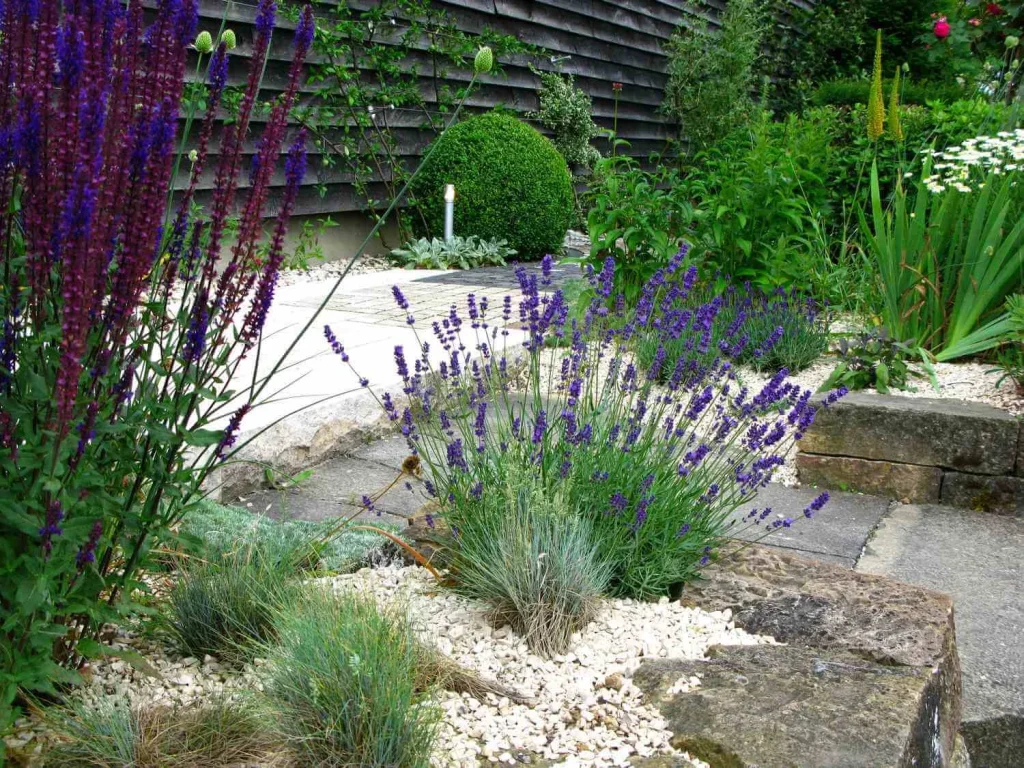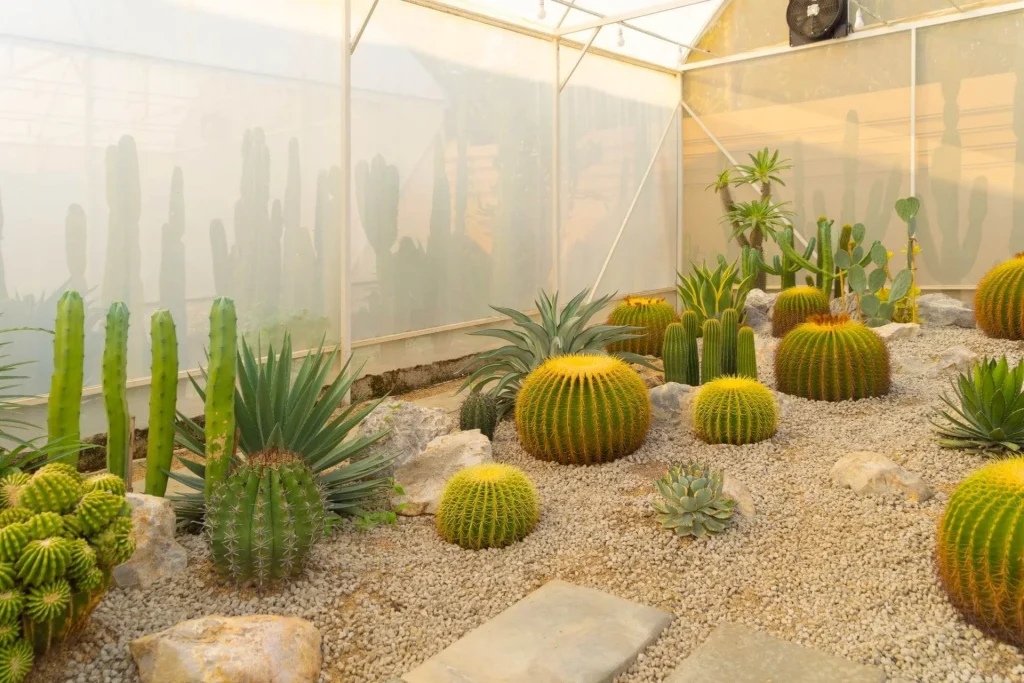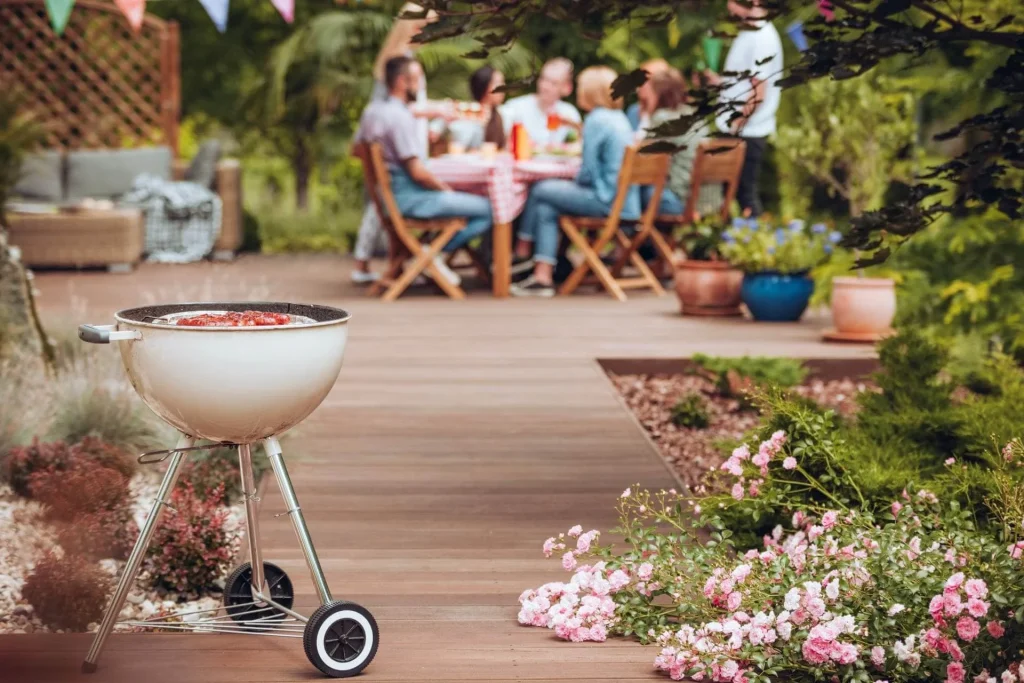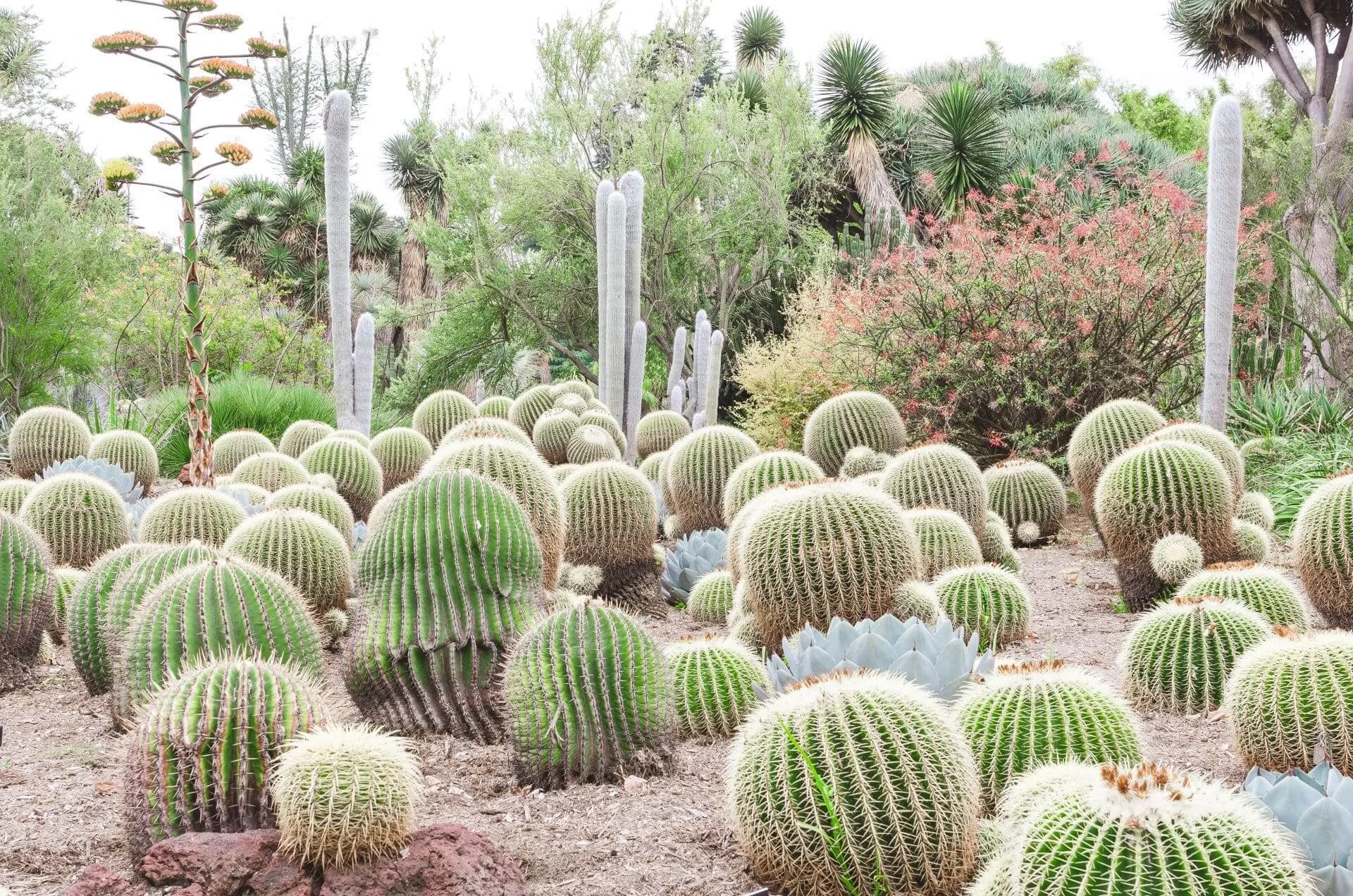How Can I Make My Garden Beautiful?
The pandemic brought changes in everyone’s life that are embedded in their life up until now, may it be a habit or a hobby. And if you’re gonna talk or search about a hobby that almost everyone picked up during the lockdown days, planting and gardening would show up. It is the era where almost everyone became plantitos and plantitas. Suddenly, everyone was so invested in wanting to grow their own plants or start their own garden. That is one way of beautifying the garden or yard of your house and lot for sale in Cavite. This doesn’t only maximize your yard space but also makes functional use of it. And for everyone’s information, there are different types of gardening and one perfect example that you can try in your yard is a dry garden.

Photo from southernliving.com
What Is a Dry Yard?
A dry garden or what is also referred to as a xeriscape garden is a method of gardening with minimal usage of water. It is a garden design that follows a landscaping approach that allows gardeners to care for their plants and garden without using much water for irrigation. A dry garden is commonly seen in places experiencing drought seasons or those with limited access to water. Compared to normal gardening, a dry garden uses drought-tolerant plants. Since the Philippines experiences extreme heat, especially during summer, this type of garden might just be the perfect addition to your house and lot for sale in Cavite.
What Are the Principles of Dry Gardening?

Assess yard conditions
Before anything else, you need to evaluate the current condition of your yard. You may think that gardening is easy but there are specific factors that need to be considered to achieve success and one of them is by knowing whether your yard area is eligible for a dry garden. The soil needs to be free-draining and not clay soils where water usually stays much longer. Doing so makes everything else much easier like soil improvement, plant selection, and efficient use of water transforming your garden into an environmentally responsible and functional landscape.
Choose drought-tolerant plants and trees carefully
It is important that you put plants that will be able to withstand the drought season and less water supply. That is why learning and researching about the perfect plants for a dry garden is necessary to prevent planting plants, shrubs, and trees that are not suitable for your garden in your house and lot for sale in Cavite. In addition, choosing the right plants for your dry garden will turn your sweat into fulfillment and seeds into beautifully thriving plants.
Mulch accordingly
Mulching the soil of your garden is an important part of dry gardening. This is done in order to enrich the soil, suppress weeds, regulate soil temperature, and conserve moisture. To mulch your soil, you can use pine needles, dry leaves, compost, and wood chips to help your plants receive additional nutrients. It is also done to avoid soil erosion.
Efficient Irrigation
Even though a dry garden requires little to no water, it is still great to allow your plants to soak in a little bit of water from time to time. Since the goal is to save as much water as you can, you can use either of the methods—soaker hose, and drip-irrigation system. These methods help conserve water while also making sure that the soil’s moisture is maintained.
Turf Areas are reduced
Essentially, houses and lots for sale in Cavite or the like have large turf areas which makes the whole unit look less appealing. So, in order to make it aesthetically pleasing and maximize your open space, dry gardening might just be your best decision yet. It does not only make use of your extra space but it also adds up to the overall vibe and beauty of the house.
Choose the best materials
Since you are done assessing your yard, choosing the right plants, taking care of your soil, and maximizing turf areas, the next step is to choose the best materials for your gardening journey. Quality and effective materials can really make a huge difference, especially in making your garden look cleaner, well-thought-out, and put together. This also veers you away from the possibility of repurchasing items and materials which increases the cost acquired in making the garden.
Ensure maintenance
A dry garden is the most suitable type of gardening for those people who don’t have much free time because it is low maintenance, which allows the garden to thrive with little to no supervision. Despite that, it is still important to check its status from time to time. It doesn’t have to be everyday but it shouldn’t also be neglected. Maintaining your garden is necessary to make sure that your landscape is still in good condition.

What Plants Can Grow on Dry Land?
In dry gardening, you cannot just plant whatever you want to plant because not all plants can withstand extreme drought and less water. There are plants that are known for being able to survive in such conditions so make sure to research more about it before buying anything. Some examples of drought-tolerant plants are lavender, sedum, agave, and passion flowers. For Filipinos who want to plant something functional other than those mentioned, okra, eggplant, tomato, chili, mung bean, cassava, sweet potato, peanut, soybean, and purple yam are some of the plants that require less water and minimal supervision that are just perfect for your dry gardens.
Is Dry Garden Worth Trying?
The answer would be yes, especially if you are living in places prone to drought conditions and are highly perfect for those with limited sources of water. However, it is important to assess your entire garden to see if it will work out for your yard. It is also necessary to consider things such as the size of your yard, the right plants to put in, and the materials needed. Aside from all these technicalities, above all, it is highly important that you have the motivation to do gardening for this is needed to ensure that your efforts will result in something beautiful.
Read more: The Whys and Hows of Home Gardening


